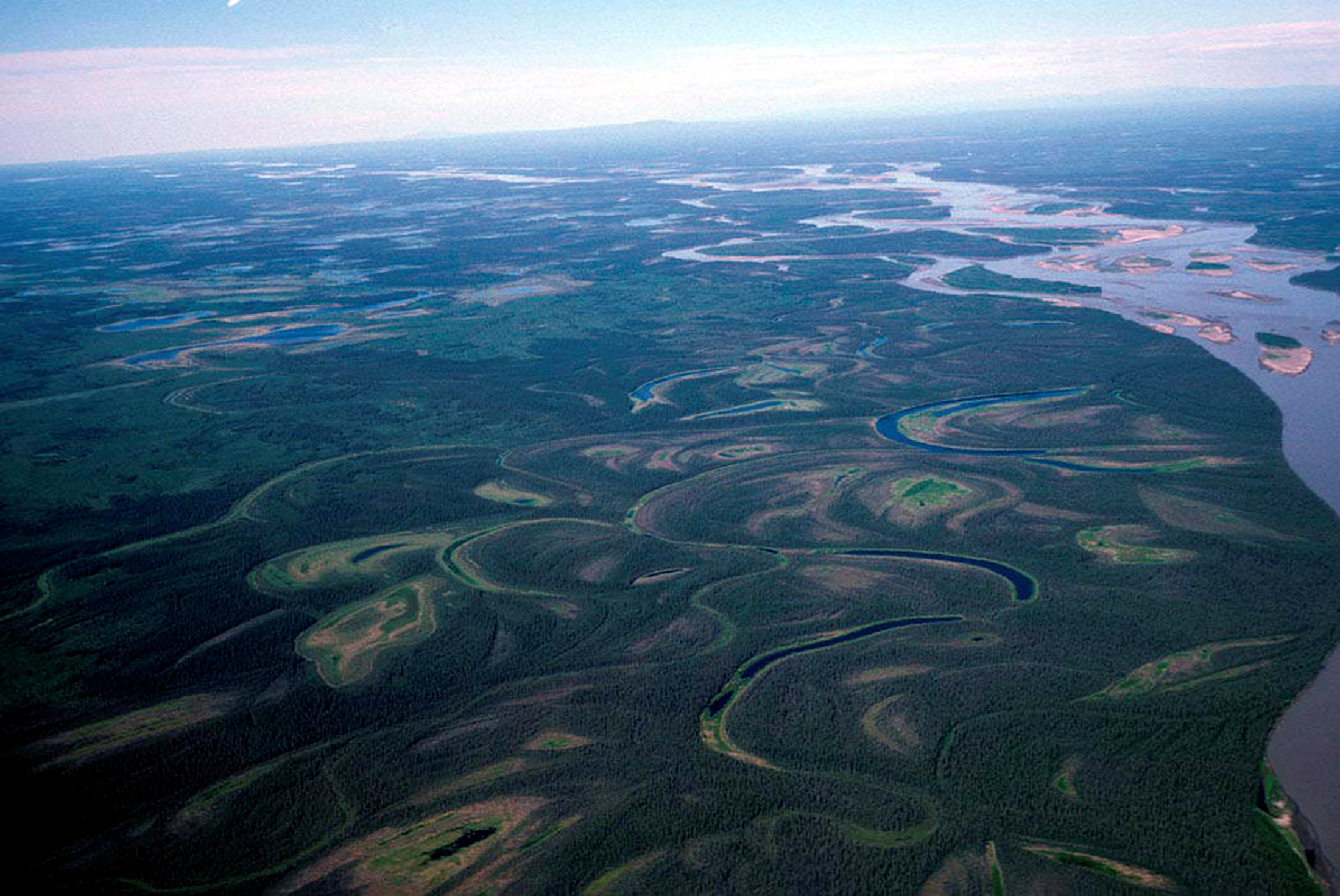Mercury released by permafrost thaw puts Yukon River fish at risk, a new study finds
Fish could be unsafe to eat by 2050 and mercury in the river could double by century's end, if emissions aren't curbed.

ANCHORAGE — If carbon emissions continue at current rates, so much mercury will leach from thawing permafrost that fish in the Yukon River could become dangerous to eat within a few decades, according to a study published Wednesday in the journal Nature Communications.
Current emissions rates threaten to trigger enough thaw release to drive mercury levels in Yukon River fish above federal safety guidelines by 2050, according to the study.
Mercury concentration in the Yukon is expected to double by the end of the century if carbon emissions continue at present rates, according to the study.
But if emissions are reduced in line with the 2015 Paris Agreement, mercury concentrations will increase by only 14 percent by the end of the century, keeping levels in fish at or below safety guidelines, according to the study.
“A lot will depend on what we do in terms of response to climate change,” said Kevin Schaefer of the Colorado-based National Snow and Ice Data Center, the study’s lead author.
The study has implications beyond the Indigenous communities in Alaska and Canada that depend on Yukon River fish for their income, diets and culture, Schaefer said.
The nearly 2,000-mile river is “a bellwether or a canary-in-the-coal mine kind of thing, an indicator of what might happen over the whole Arctic,” he said. Thaw-released mercury will work its way from the land to the river and ultimately, into the oceans, and thaw-released mercury in gaseous form will encircle the world, he said.
“What happens in the Yukon is going to affect the entire globe, not just the people who live on or around the Yukon River,” he said.
A 2018 study co-authored by Schaefer, in collaboration with partners from the U.S. Geological Survey and other institutions, estimated that Northern Hemisphere’s permafrost soils hold nearly twice as much stored mercury as is in all the rest of the world’s soils, the oceans and the atmosphere combined.